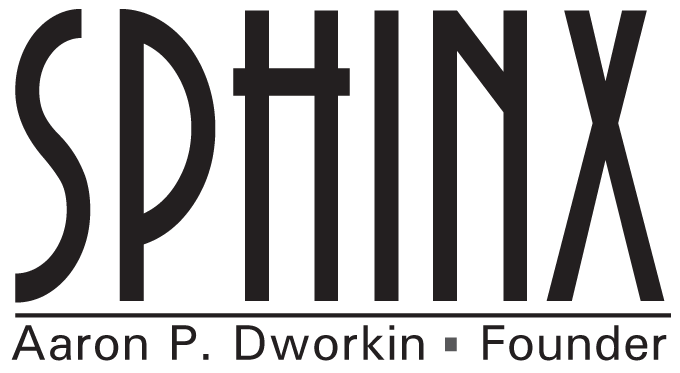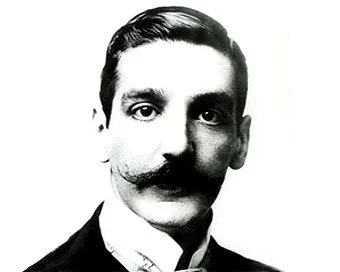HOME | RESOURCES | Composers and Repertoire | The Sphinx Catalog for Latin-American Cello Works and Viola Works | Julián Aguirre
Julián Aguirre
Works for Cello
Rapsodia Argentina (1898), for cello and piano.
Sonata in A Major (1906), for cello and piano.
Serenata (1910), for cello and orchestra.
Huella Op. 49 (1917), for cello and piano.
Soneto de Petrarca in Bb major, for cello and piano
Triste No. 3, for cello and guitar.
Sources:
Grove Music Online: https://doi.org/10.1093/gmo/9781561592630.article.00325
Furman Schleifer, M., and Galván, G (2016). Latin American Classical Composers, A Biographical Dictionary. London: Rowman & Littlefield.
García Muñoz, C (1986). Apuntes para una historia de la música argentina. Revista del Instituto de Investigación Musicológica “Carlos Vega”, 7, 109-136. https://repositorio.uca.edu.ar/handle/123456789/1290
Julián Aguirre
Argentinian composer, born January 28, 1868, died August 13, 1924.
Julián Aguirre was born in Buenos Aires, Argentina, on January 28th, 1868. Aguirre completed his education at the Conservatory Nacional de Música of Madrid, studying composition with Emilio Arrieta Corera and Aranguren and fugue with Cató. Upon his return to Argentina in 1886, Aguirre established himself in the musical life of the country both as an accomplished pianist and as a composer. His composition style was greatly influenced by the national style found in Alberto Williams music. In addition to being one of the most influential and respected composers of his generation, Aguirre was also active as a teacher, he worked at Williams Conservatory and helped found the music department of the Athenaeum of Buenos Aires (1892) and the Argentine School of Music (1916). Julián Aguirre died on August 13th, 1924.

